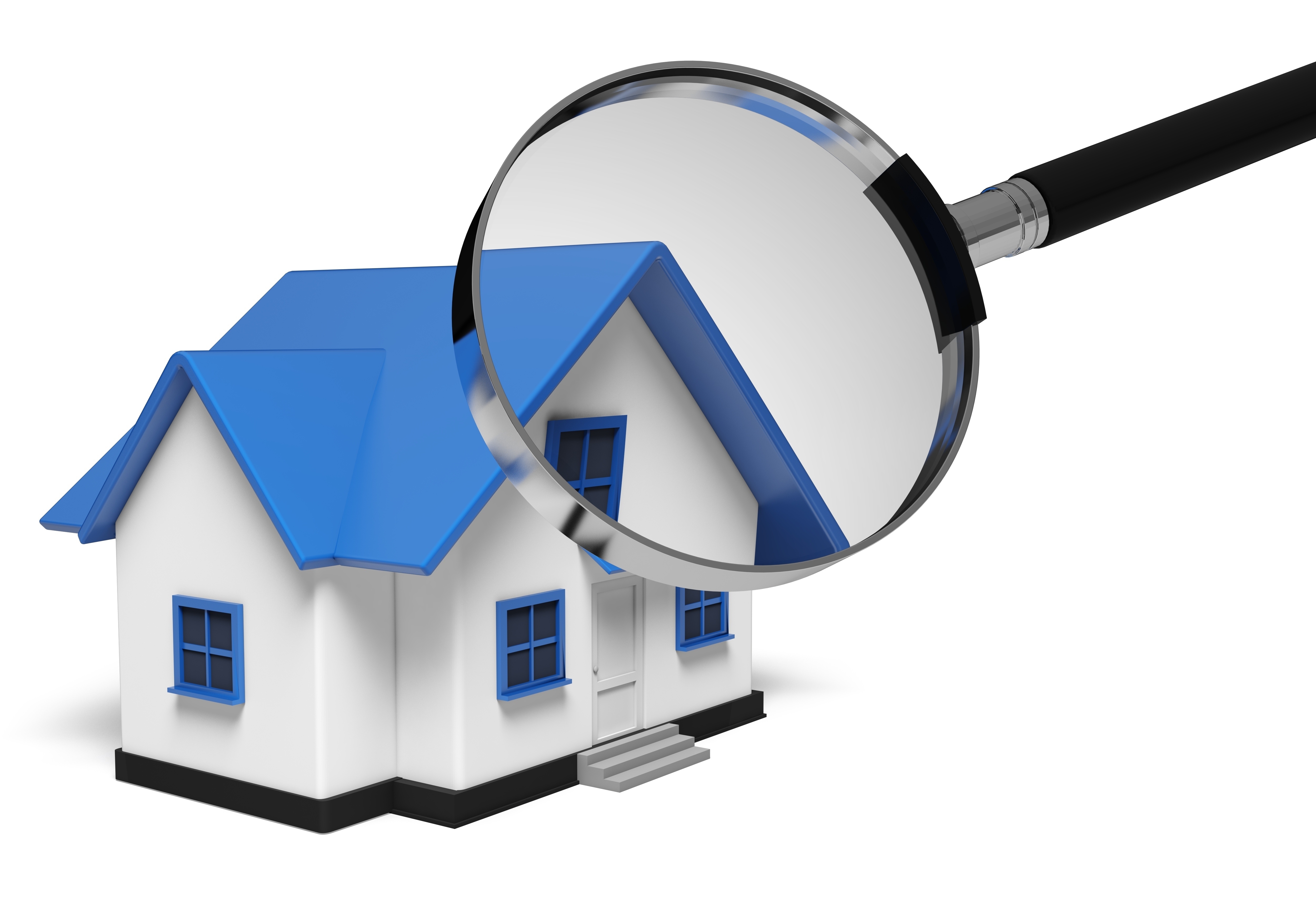
Comprehending AppraisalsAcquiring real estate is the most significant financial decision most of us could ever consider. It doesn't matter if where you raise your family, a seasonal vacation property or one of many rentals, the purchase of real property is a complex transaction that requires multiple parties to pull it all off. Most of the parties involved are quite familiar. The most known entity in the transaction is the real estate agent. Then, the bank provides the financial capital needed to finance the exchange. And ensuring all requirements of the exchange are completed and that a clear title transfers from the seller to the purchaser is the title company. So, what party is responsible for making sure the value of the real estate is consistent with the purchase price? In comes the appraiser. We provide an unbiased opinion of what a buyer might expect to pay — or a seller receive — for a parcel of real estate, where both buyer and seller are informed parties. A licensed, certified, professional appraiser from 1st Stop Appraisal will ensure, you as an interested party, are informed. Appraisals start with the property inspectionTo ascertain an accurate status of the property, it's our responsibility to first conduct a thorough inspection. We must see aspects of the property first hand, such as the number of bedrooms and bathrooms, the location, and so on, to ensure they really are present and are in the shape a reasonable person would expect them to be. To ensure the stated square footage is accurate and describe the layout of the home, the inspection often entails creating a sketch of the floorplan. Most importantly, we look for any obvious features - or defects - that would have an impact on the value of the house. Next, after the inspection, an appraiser uses two or three approaches to determining the value of the property: sales comparison and, in the case of a rental property, an income approach. 
Cost ApproachThis is where we analyze information on local construction costs, the cost of labor and other factors to ascertain how much it would cost to construct a property comparable to the one being appraised. This value commonly sets the maximum on what a property would sell for. It's also the least used method. 
Analyzing Comparable SalesAppraisers become very familiar with the neighborhoods in which they appraise. They thoroughly understand the value of specific features to the homeowners of that area. Then, the appraiser researches recent transactions in close proximity to the subject and finds properties which are 'comparable' to the subject being appraised. Using knowledge of the value of certain items such as square footage, additional bathrooms, hardwood floors, fireplaces or view lots (just to name a few), we add or subtract from each comparable's sales price so that they are more accurately in line with the features of subject.
Once all necessary adjustments have been made, the appraiser reconciles the adjusted sales prices of all the comps and then derives an opinion of what the subject could sell for. At 1st Stop Appraisal, we are an authority in knowing the value of real estate features in Pueblo West and Pueblo County neighborhoods. The sales comparison approach to value is commonly awarded the most consideration when an appraisal is for a real estate sale. Valuation Using the Income ApproachIn the case of income producing properties - rental houses for example - the appraiser may use a third method of valuing a property. In this case, the amount of income the property generates is taken into consideration along with other rents in the area for comparable properties to determine the current value. The Bottom LineAnalyzing the data from all applicable approaches, the appraiser is then ready to state an estimated market value for the property in question. The estimate of value at the bottom of the appraisal report is not necessarily what's being paid for the property even though it is likely the best indication of what a property is worth. Depending on the individual circumstances of the buyer or seller, their level of urgency or a buyer's desire for that exact property, the closing price of a home can always be driven up or down.Regardless, the appraised value is typically used as a guideline for lenders who don't want to loan a buyer more money than the property is actually worth. The bottom line is, an appraiser from 1st Stop Appraisal will help you discover the most fair and balanced property value, so you can make profitable real estate decisions. |